SUMMARY
This is AI generated summarization, which may have errors. For context, always refer to the full article.
![[Only IN Hollywood] Fil-Am wins inaugural NewFilmmakers Los Angeles grant award](https://www.rappler.com/tachyon/2021/12/Image-01_Vendiola.jpg)
LOS ANGELES, USA – Jim Vendiola, a Filipino-American writer-director, has been chosen to receive the NewNarratives inaugural grant award of NewFilmmakers Los Angeles (NFMLA).
Jim’s Argus was selected to receive the $40,000-grant award from over 200 entries coming from all over the world.
Supported by WarnerMedia OneFifty, the NewNarratives artist grant program was established to develop emerging global talents in narrative feature, documentary, animation, and scripted and unscripted series. The awards recipients were selected by a group that included entertainment journalists and members of the LA Film Critics Association.
Argus, described by NewFilmmakers LA as “a subversive, BIPOC, female-driven reimagining of the 1970s neo-noirs,” will be developed by Jim into a feature, thanks to the grant award. Jim’s credits includes several short films, which he wrote and directed.
Argus and Homesick, which Jim is developing with the Chicago Film Project, will be his first two feature films.
Citing the “incredibly high quality of submissions,” the NewNarratives program decided to give three additional grant awards – to Nora Mariana Salim and Rami Kodeih (up to $50,000), and Gabriela Ortega and Set Hernandez Rongkilyo ($5,000 each). Hernandez Rongkilyo is also a Fil-Am and a producer of PJ Raval’s Call Her Ganda.
NFMLA programming director, Bojana Sandic, and NFMLA co-founder/executive director, Larry Laboe, said in a joint statement, “We’re very proud of the four selected projects and the filmmakers whose visions these funds will support.”
“The greatest challenge of this competition was choosing from the overwhelming number of strong, unique, and exciting proposals that we received.”
In our interview via email, Jim said about his roots: “My mom and dad, Vicky and Rufino, came over from the Philippines separately in the late ’70s. They were working in Chicago as a nurse and banker, respectively, when they met at a barbecue (gathering) and eventually married.”
“My older brother was born in Chicago shortly thereafter but my younger sister and I were both born in Miami, Florida in the early ’80s after my parents relocated. So my siblings and I are first generation Fil-Am/third culture kids while my mom’s family is originally from Manila and my dad is from Visayas.”
“In the early 2000s, we all moved back to the Midwest in a piecemeal fashion, including my parents. I graduated with a BS in Studio Art from Florida State University in ’02, moved to Chicago in ’03, and have been based here ever since.”
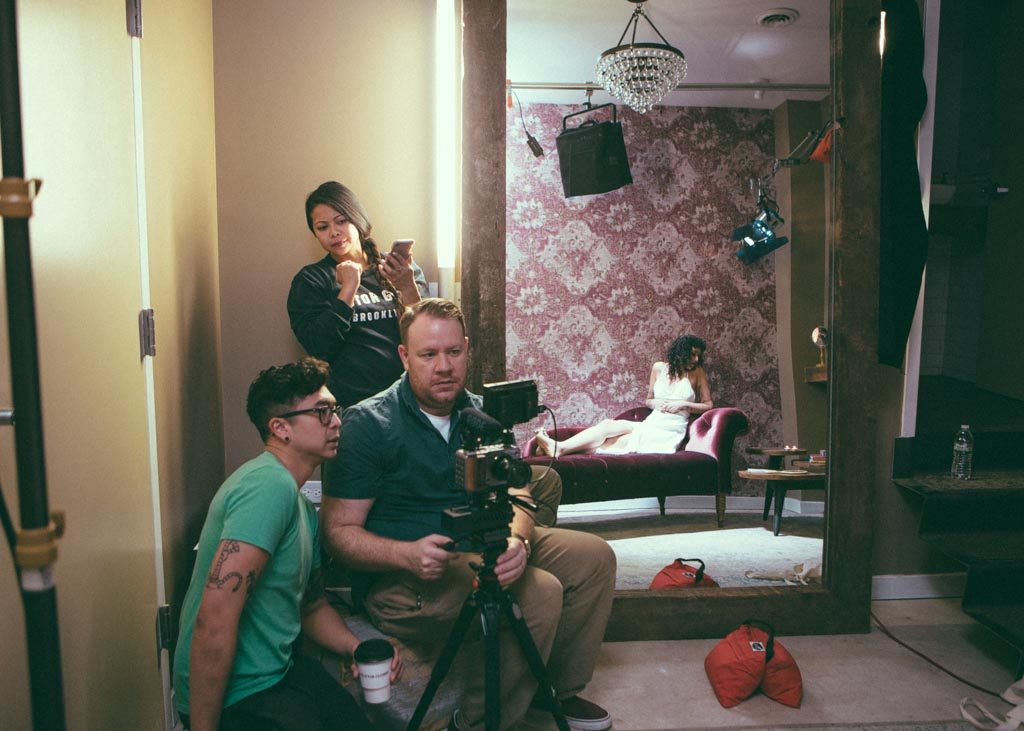
Director Jim Vendiola, Production Assistant Mary Vendiola, Cinematographer Tony Moorman, Actress Melissa Vento. Photo by Gracie Hagen
The following are excerpts from my interview with Jim:
Congratulations again! Share your memories about how you reacted when you learned for the first time that you won the NewNarratives inaugural grant award.
Larry Laboe (Executive Director at NewFilmmakers LA) called me up on a Monday morning to notify me, a week before the news broke. I was halfway into my first cup of coffee and a bit speechless.
It was a challenge to contain my excitement and keep the news private for several days, though I did tell my girlfriend as well as the producers on my current feature project (a supernatural thriller called Homesick, which we’re prepping to shoot next year and have recently begun to cast).
That was my first interaction with Larry but I’ve been a fan of NFMLA for a while. His team members, Bojana Sandic and Danny De Lillo, are among the kindest, most supportive folks I’ve encountered on the festival circuit.
So it’s no surprise that they’ve paired up with Axel Caballero and his team at WarnerMedia OneFifty, whose reputations also precede them.
Your narrative feature film was selected from a worldwide call for submissions which drew over 200 entries from more than 40 countries and six continents.
It’s pretty wild. I’m really humbled that both of these notable organizations have such confidence in my creative vision, especially amid stiff global competition.
And while I can’t even begin to compare my project to such groundbreaking works as Bong Joon-ho’s Parasite or Jordan Peele’s Get Out, there does seem to be an increased interest in and demand for that type of “social thriller,” which enthralls and entertains while also promoting discourse on real life issues and injustices.
So, if anything, Argus will be a timely and apropos offering in those regards.
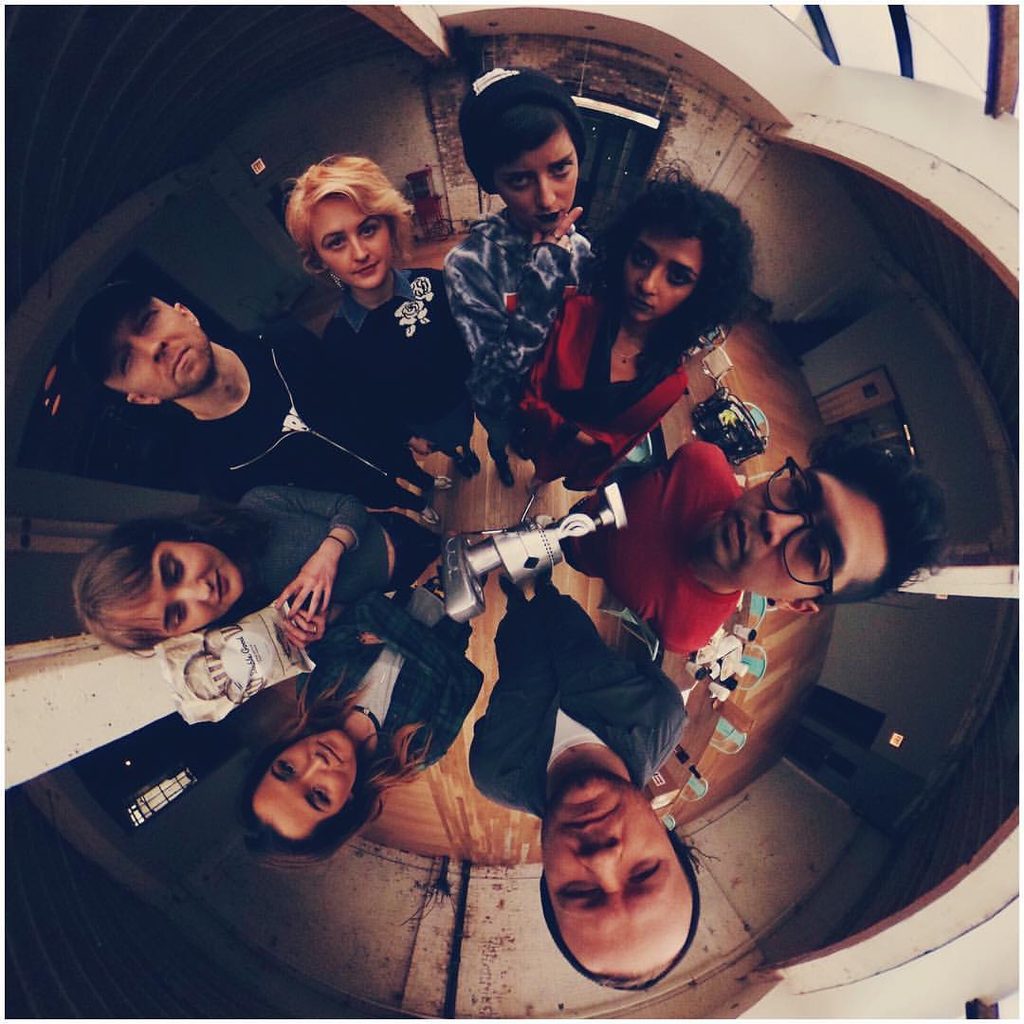
CIRCLE.
(Clockwise from 12 o’clock) Actor Cam Damage, Actress Melissa Vento, Director Jim Vendiola, Cinematographer Tony Moorman, Grip Stephanie MacDonald, Producer Laura Day, Gaffer Dru Montague, HMUA Layne Marie Williams. Photo by Tony Moorman.
Describe your winning entry, Argus, in a nutshell.
Argus takes the gritty milieu of 1970s neo-noirs and such elements as their pervasive paranoia and Vietnam War-era disaffectedness and applies them to a modern setting.
The film shifts POVs between three key characters: a hard-boiled, female private eye (like Karyn Kusama’s Destroyer and Brad Ingelsby’s Mare of Easttown but queer and BIPOC); an obsessive killer hiding in plain sight, whose veneer of upstanding, white, cis-hetero normalcy is slowly beginning to peel at the edges (think Alan Cubitt’s The Fall); and a young suburban e-girl who – through her mysterious, Euphoria-like online identity – is lured into a terrifying trap.
What was your inspiration for Argus? How and where did the idea come from?
In Greek mythology, Argus was a monstrous, all-seeing giant with one hundred eyes. Even while asleep, some of his eyes remained open, making him the perfect watchman.
The phrase “followed by the eyes of Argus” stems from this myth, describing when one’s actions are scrutinized to an invasive, distressing degree.
Amid the film’s timely backdrop of surveillance capitalism, and through its Argusian antagonist (a sociopathic, anonymous cyber-predator) the film examines voyeurism in the digital age, and the toxic exploitation of our (willing, accidental, and stolen) disclosure of personally identifiable information.
Are you a fan of the 1970s neo-noirs?
I’m a huge fan of 1970s cinema in general. There’s so much emotional, narrative, and stylistic rawness there.
Some of my favorites across the board are The Texas Chain Saw Massacre; The Panic in Needle Park; A Woman Under the Influence; The Last Picture Show; The Bitter Tears of Petra von Kant; Jeanne Dielman, 23, quai du commerce, 1080 Bruxelles; and Sisters.
As far as neo-noirs, I really love Klute; The Mechanic; Night Moves; Dog Day Afternoon; The Conversation; The Long Goodbye; and Chinatown.
On an ancillary note, it’s also amusing to observe how the paradigm shifts of the ’80s and early ’90s gave way to their own sex-and-saxophone-filled neo-noirs, commonly known as “erotic thrillers.” Which are fun, too, but they’re not really the same thing.
To paraphrase NewFilmmakers LA – as a Filipino-American with immigrant parents, you ponder themes of identity, otherness, and alienation.
I think this is a very personal way for me to say that people contain multitudes, and so should my characters and the narratives they inhabit.
Take the first generation/third culture experience of growing up in a land that’s both yours by birth but simultaneously foreign to your parents – with their own experience being the inverse of yours in that regard – and on top of that, how they choose to impart certain beliefs, values, and practices from their own cultural experience.
That presents some uniquely layered benefits and challenges for one’s identity and personal perspective.
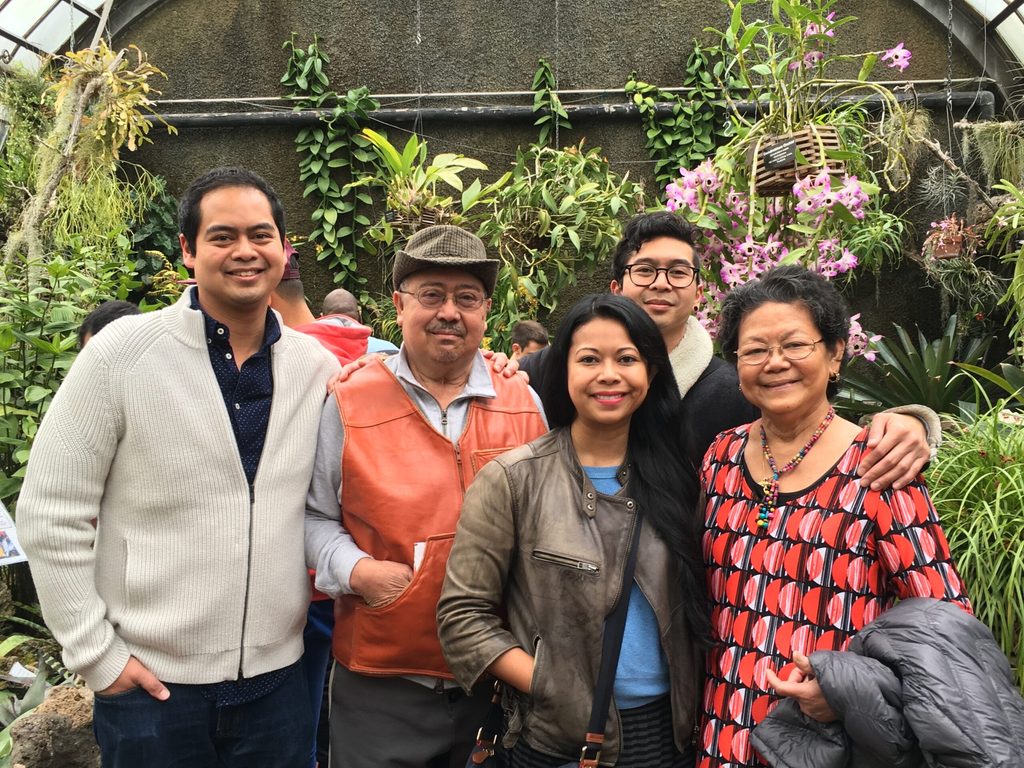
(L to R) Mike Vendiola, Rufino Vendiola, Mary Vendiola, Jim Vendiola, Vicky Vendiola. Photo courtesy of Jim Vendiola.
Beyond that, someone like me might feel great pride in their ethnic country of origin and the heritage traced back to their indigenous ancestors, while simultaneously wrestling with the internalized white supremacy and Eurocentrism in the colonial mindsets that pervade both countries.
It’s the sort of complex, messy stuff I try to suggest on the page. Not necessarily as it directly pertains to my cultural identity – though, I have felt a recent calling to write something more personal in that way.
But my larger point is that people contain multitudes, and situations contain multitudes. Even a seemingly straightforward short film can be the tip of a narrative iceberg, with a world of subtext lurking in the depths below it.
When that day comes to finally shoot Argus, will you direct the film as well? What do you look forward to that day?
I do intend to direct Argus. Prior to that, I think a great path for the project might involve collaborating with the lead actress through the development phase.
Director Josef Wladyka and champion boxer Kali Reis had a similar style of collaboration in her onscreen debut, Catch the Fair One. I caught it at Tribeca and Reis’ involvement early on seemed to provide a great authenticity to that role.
Argus isn’t the same film, plot-wise, but they’re both darker, female-driven pieces. I think having the direct perspective and lived experiences of a woman collaborator would feel right.
Talk about the short films you both wrote and directed. And which one is the most significant to you?
They’re all personal to me in some way so there’s an inherent significance with anything I choose to make in that format. But as I get older, I can see how my earlier work bears an ethos and style that’s less who I am today.
Which isn’t a lamentation so much as a nice affirmation of my continued creative growth and individual evolution.
But more objectively speaking, my 2015 psychological horror short, Violets, seemed to find the widest audience and has had the most festival play, while also winning the 22nd Chicago Underground Film Festival’s audience award.
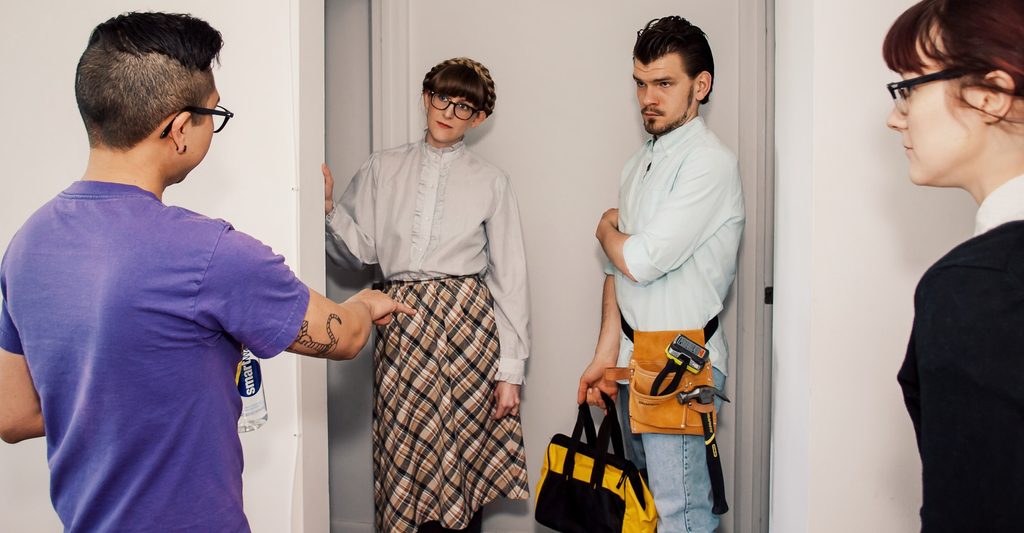
VIOLETS ON SET.
(L to R) Director Jim Vendiola, Actress Annie Boldon, Actor Ryan Czerwonko, Actress Cassandra Jones. Photo by Joshua Lopatin.
Beyond reframing the genre’s more common predator/prey dynamic and drawing narrative inspiration from an obscure French true crime incident, we were also able to capture a very specific (also ’70s-inspired) look and feel for next to nothing, primarily using available daylight, and with a very bare bones crew.
Right now, I’m prepping for a new horror-comedy short called Pretty Pickle, which shoots in January. It’s basically Frances Ha meets Psycho, while still managing a level of modern Asian-American allegory. Beyond myself, we have a Fil-Am lead (newcomer Brennan Urbi) and a seasoned Fil-Am cinematographer (Chris Rejano) with whom I’m also collaborating on my debut feature, Homesick.
What are your hopes and dreams as a Filipino-American filmmaker, especially in the context of your quote, “For years I’ve taken meaningful risks with the form and content of my work, which has been a double-edged sword of maintaining my artistic integrity while being largely ignored by the usual gatekeepers, for telling stories that do not offer tidy conclusions nor lend to homogenous franchises bled of freshness and nuance”?
While there’s truth in my statement, its brevity doesn’t fully encapsulate the myriad macro- and micro-components that ultimately limit industry access points and opportunities for so many of us.
After nearly a decade of attempts to push forward original feature projects, I’ve only recently begun gaining traction.
So it’s my immediate hope that these first two features (Homesick and Argus) can not only be successfully completed and released but that they resonate well enough to provide me with increased visibility, opportunities and resources to tell bigger, bolder stories that relevantly expand on my artistic impulses and creative brand: uniquely told, visually distinct, radical yet marketable stories, whose timely themes provoke thought long after viewing.
On a lighter note, your handlebar mustache must be a conversation starter. When did you start growing it? What kind of reactions and comments do you get?
Hah! The mustache and subsequent handlebars were my girlfriend’s idea (Gracie Hagen – she’s a wonderful art photographer and the talent behind my headshot image). I once tried to grow facial hair in my 20s and it was a disaster.
My second attempt, a decade later in 2017, was, to my surprise, much more successful. However, constant mask wearing during the pandemic forced me to get rid of the handlebars in favor of a more utilitarian cut.
The former is simply not a sustainable look for these times, and I’m still not leaving my house much anyway. But maybe I’ll bring it back at some point. – Rappler.com
Add a comment
How does this make you feel?

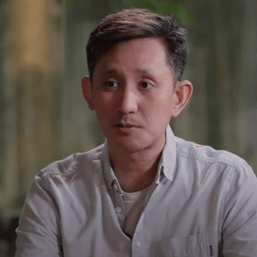

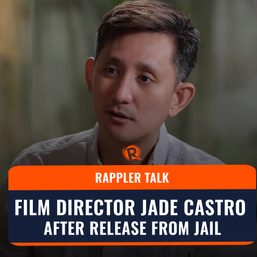
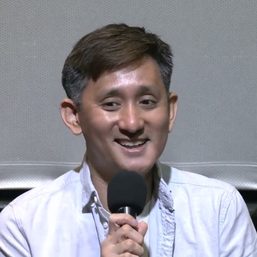
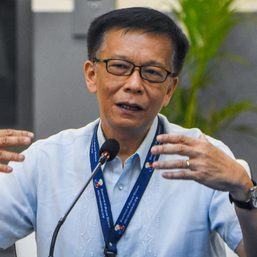
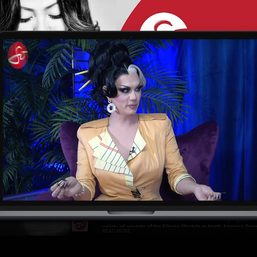
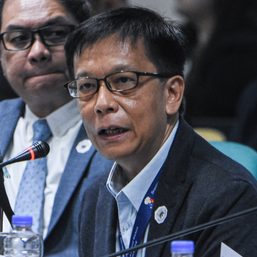
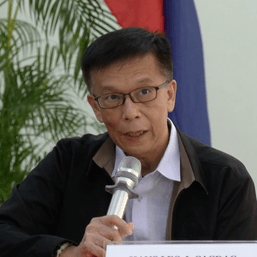

There are no comments yet. Add your comment to start the conversation.